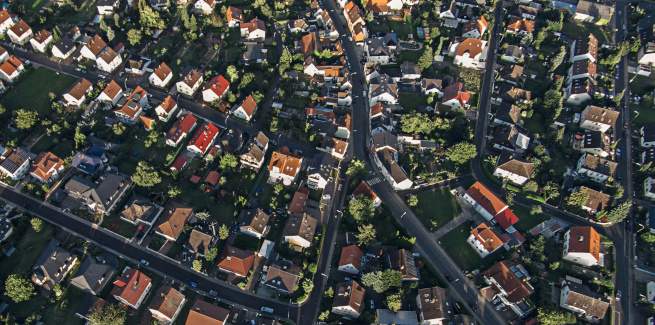In an analysis of what lies ahead during the spring selling season, CoreLogic has warned that once the lockdown and restrictions currently implemented in Melbourne are repealed, the recovery in national transaction activity is likely to be weaker than after the first round of lockdown.
Eliza Owen, head of research Australia at CoreLogic, attributed this to a number of factors, including employment taking another battering, consumer sentiment being subdued by the reality of the second outbreak of the coronavirus in Victoria, and the imminent reduction of fiscal support in a month.
“Ultimately, the second round of restrictions across Victoria is likely to create a weaker ‘spring selling season’ than in previous years,” Ms Owen said.
There is a strong link between consumer confidence and the intention to sell and buy property, and according to Ms Owen, consumer confidence has slumped on the back of rising COVID-19 case numbers, and the tough government response which has impacted activity.
CoreLogic has found that the initial restrictions and social distancing measures to control the spread of the coronavirus through March and April resulted in a “sharp” dip in property listings and sales volumes nationally, but these recovered quickly.
According to Ms Owen, this could be attributed to the low cost of debt and robust recovery in consumer confidence, which resulted in pent-up demand for property as Australia successfully controlled the virus curve.
She said this was one of the few V-shaped recoveries to occur amid the pandemic.
However, Ms Owen warned not to expect this rate of recovery in listings when the latest round of restrictions in Melbourne is scrapped.
Furthermore, the mortgage repayment deferrals offered by the banks have also played a role in reducing new listings because it has meant that people who cannot currently service their mortgage do not have to list as a distressed or motivated seller.
Ms Owen signalled that this trend could change in the lead-up to March when banks may need to end payment deferrals.
“Property owners who have deferred their mortgages but are not in a position to reinstate their repayments by the end of March may decide to offload their property in the lead-up to this expiry date,” Ms Owen said.
“It’s reasonable to expect mortgage arrears will increase from currently low levels, which could gradually see a larger number of distressed listings come on the market.”
CoreLogic data showed that loss of employment, subdued consumer sentiment, and border closures have had a bigger impact on the number of properties marketed and sold than property prices themselves.
For example, during the stage 2 restrictions, which were implement from 25 March, new listings fell 50.3 per cent from mid-March to early May, which worsened the seasonal dip in for-sale listings throughout March and April.
Ms Owen said the slowdown in transaction activity could be attributed to the physical limitations of buying and selling property under social distancing rules, as well as the economic uncertainty off the back of the stage 4 lockdown in Victoria.
“The second is the economic uncertainty generated by stage 4 lockdowns. As consumption falls and unemployment spikes, vendors feel less confident selling their property and getting their desired price,” she said.
The drop in sales volumes during periods of economic uncertainty could mean sellers and buyers are less likely to dip their toes in the property market during negative economic shocks, Ms Owen concluded.
But as Melbourne reached its halfway point of its stage 4 restrictions in late August, national listings activity has differed significantly from the usual listing patterns in the lead-up to spring.
“In the four years prior to the pandemic, the number of new properties listed for sale nationally has, on average, increased 6.3 per cent between late July and late August,” Ms Owen said.
“This year, however, the equivalent period has seen a 9.6 per cent decline in new listings nationally.
“Unsurprisingly, this can be attributed to a sharp fall in new listings across Melbourne. The decline in new listings across Melbourne’s property market was 54.9 per cent in the month to 23 August, accounting for over 100 per cent of the national decline.”
Among the other capital cities, Sydney was the only one where new listings started to dip, although it was only by 1.9 per cent. All other capital cities saw an increase in new listings, particularly Darwin, which recorded a 16.7 per cent increase.
[Related: Auction results reveal tale of two cities]

